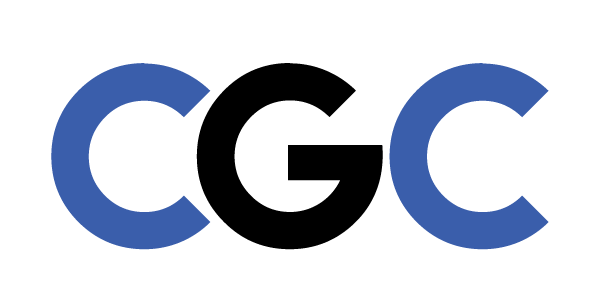The Three Bs
By Tamara G. Close
Long term institutional investors, such as pension funds and insurers have a natural long-term focus given their liabilities, yet their incentive structures and investment strategies do not always reflect this.
Below are 3 things that institutional investors can do to help shift the investment industry to a more sustainable long-term focus.
One: Bonuses (aka remuneration)
Investment managers need to be incentivized to manage with a long-term sustainability focus.
For long term institutional investors (such as pension funds and insurers), salaries and bonuses of investment teams are often based on annual performance, and long-term incentives of these teams usually vest within 3 years. There is therefore a clear misalignment between these short term remuneration plans and the funds’ longer term mandates.
While changing these incentive plans may prove difficult given the investment industry, innovative funds can find new ways to incentivize investment teams. PwC’s recent report, “Asset Management 2020: A Brave New World” (2019), suggests “remuneration models will be more aligned with investor needs rather than those of the firm”. Institutional investors can adapt this thinking to their internal investment teams’ incentive structures, such as offering higher base salaries with additional uplift for sustained return and for reduction of excessive risk.
Two: Benchmarks
Investors should be benchmark-aware but not benchmark-driven.
Choosing a benchmark for a long-term investment strategy is challenging. Most strategies rely on cap-weighted reference indices, but alternate benchmarks could be effective in encouraging long-term thinking and behavior.
Indices that include long-term metrics and that could be used for benchmarks, as suggested by FCLT, in their recent report “Institutional Investment Mandates: Anchors for Long-term performance” (2019), include:
Alternate indices (e.g., S&P Long-Term Value Creation Global Index)
Absolute return benchmarks
Investor’s own liability discount rate or a market rate such LIBOR+ or CPI+
Scenario-based or projection-based indices
Three: Boards
Implementing a meaningful long-term sustainability mindset requires support from the top.
Institutional investors will not be able to switch to a more sustainable, long-term focus without the support of their Board. No matter how well-intentioned an investment team may be, shifting to a longer term strategy outlook will require “top of the house” governance and support to make and maintain this shift. Investment in terms of time and resources is a requisite for the shift in mindset of investment teams to a longer term focus in a relevant way. For instance, this usually means truly integrating E, S and G factors within investment strategies, identifying and analysing new sources of data and consulting with external experts when required. This can only be accomplished in a meaningful way if there is a supportive tone at the top.
Boards of sophisticated long-term, ESG-minded investors generally have the following characteristics:
ESG issues are consistently discussed at the Board level and ESG is a standing item on Board agendas
There is in-depth ESG knowledge at the Board level for the main ESG issues impacting the firm. ESG is included as part of mandatory Board education and training for all members.
The firm will consistently bring in external or internal experts to brief the Board on main ESG issues, to supplement ESG knowledge.
There is a Senior Management level and Board level ESG Committee. While the firm may have had specific champions in the past, this is no longer a requirement as there is buy-in across senior management and executives.
(Reference: The Sustainable Risk Assessment Framework, ESG Integration Assessment Model,




